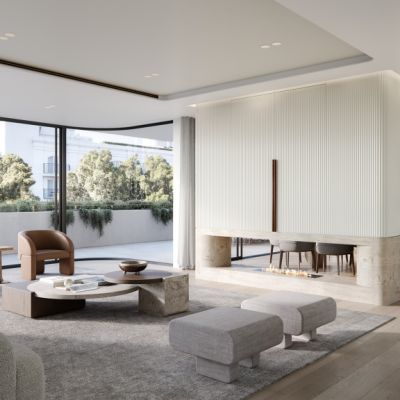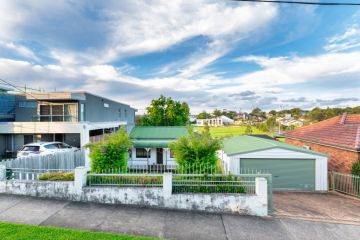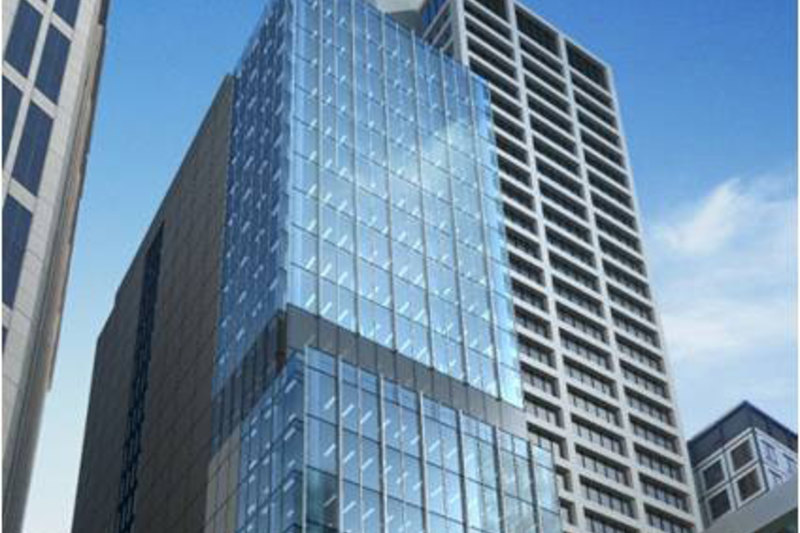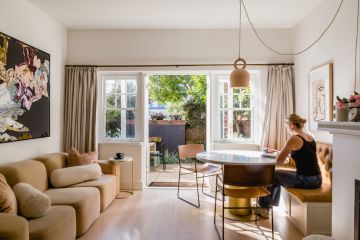Buy now, live later - the property trend that's changing the investment landscape
Investing now and moving in later – it’s the latest trend to hit Australian real estate, and it makes perfect sense for everyone involved.
They call them “downvestors” – the people buying homes they plan to downsize into … but not just yet. It might be they don’t feel quite ready, they have other stuff to do first, or they’re simply not emotionally equipped for the big change in lifestyle.
As a result, they’re making sure their new property stacks up to be their perfect downsizer home – in time – and in the interim a good investment that will either guarantee them a good return if they rent it out, or decent capital growth even if they don’t.
“We see this a lot,” says Natalie Morley, director of professional organisers The Lifestylers Group. “People often know they need to downsize, but they feel a level of caution about it. They don’t want to confront the fact that their lifestyle is about to change.
“So, they’ll buy a property but then delay the process of moving in as it’s stepping outside their comfort zone and will be too big an upheaval. They know it’s going to be hard emotionally to sever the connection with their old home, as well as having to declutter all the stuff they’ve gathered over the years.”
In Melbourne, Morley has dealt with a lot of downvestors from Camberwell or Canterbury buying apartments in the CBD, while in Sydney, many move to the CBD, the beaches or into new master-planned communities.

Downsizer Chris Lawrance knows all about that. After spending years in a large house in Roseville, he’s just bought a new apartment off the plan at the $790 million, 442-apartment NINE by Mirvac development in Willoughby on the site of the former TV studios of Channel 9.
While he plans to live there full-time at some stage, as he loves the low-medium 10-block project and its location, he also purchased with half a mind on its likely attraction to renters, as he and his wife plan to spend big chunks of their time in Asia.
“I think Mirvac apartments are so good, they’re super-easy to rent out and you can get good tenants at short notice,” says Lawrance, in his 50s, who works at the University of Sydney. “So, we knew it would prove a good investment as well as a great place to live eventually.”
That’s something developers are seeing more and more. At Mirvac, general manager of residential development NSW Toby Long says the things that attract buyers to their projects – like amenity, communal spaces, location, walkability, convenience and security – are exactly what makes them popular with renters.
“We are seeing increased interest from customers who are looking to invest in high-quality, well-located homes that provide a strong rental yield opportunity in the short term, and that’ll be the perfect downsizer in the longer term to be their ‘forever home’,” he says.

For today’s downvestors are pretty smart financially, advises Amanda Graham, the chief executive of the downsizing specialists downsizing.com.au. Since this group of Baby Boomers have usually earned most of their wealth through property, they’re terribly switched on about its possible returns, even when planning their future homes.
“They think about their property ownership to make sure it’s not going to disadvantage them financially,” Graham says. “Then they decide whether they’re going to rent it out full-time for a while or use it as a holiday house and rent it out the rest of the time on Airbnb or Stayz.
“They’re very different to their parents’ generation. They are quite savvy investors and choose somewhere that would be good to live in eventually, but that will be a good investment and attract a healthy rent beforehand.”
That’s happening throughout Melbourne, too, although some wealthier downsizers don’t choose to rent out their homes before they relocate.
At the new boutique development, the nine-unit, six-floor Toorak Village, Orchard Piper developer Luke McKie says that buyers have been snapping up the Kerry Hill-designed apartments often well in advance of actually wanting to live there. Priced off the plan from $5.5 million to $12.495 million, they’ll be finished in the first half of 2025.
“Downsizers are our traditional market, and some are transitioning from big houses or bigger apartments,” he says. “But because this is such a rare opportunity, with so few new developments in an area like this, we’re finding they’re buying early.
“They want the places for when they need them, but they’re buying them in advance, so then they plan, often, to leave them empty until they’re ready.”
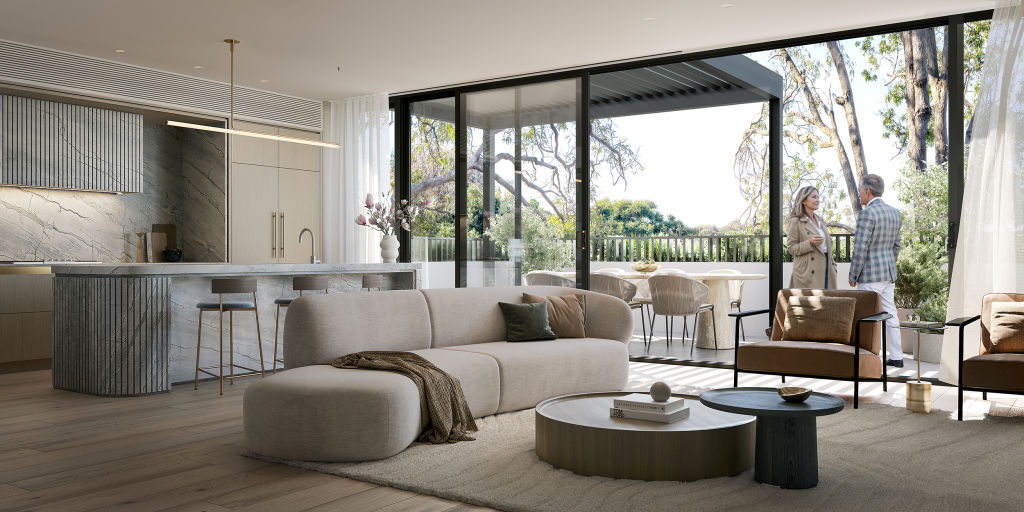
At the beach, it’s the same story. In Sydney’s Cronulla, developer Julian Sammut of the Sammut Group says downsizers make up a huge slice of his buyers, and most of them are keen to make sure that, as well as the lifestyle suiting them, the purchase will also have the potential for a good rental yield and show handsome capital growth over time.
“Often, people will buy for themselves long-term but may rent them out until they’re ready to move in,” he says of projects like the suburb’s Salt, Vue, Parc, Ozone, Banc and Sea. “It means they can make a good income in the meantime as there’s always a good renters’ market in Cronulla, or sometimes they’ll just use them as a second home or weekender before making the move.”
At PRD Norwest, agency director David Inkster says he’s seeing a growing number of buyers aged from their 40s to 60s who are buying apartments as investments at another new project, Infinity Park at Sydney’s Norwest by the Haitchen Group, with a view to using them for their future retirement.
“They might not be ready for retirement for another three to five years, or even sometimes 10 to 15 years, but they’re buying now and then renting them out,” he says. “Most of them are let on residential rents and some on corporate rentals.
“They see it as an opportunity to own an investment property before they are ready to move in.”
We recommend
We thought you might like
States
Capital Cities
Capital Cities - Rentals
Popular Areas
Allhomes
More
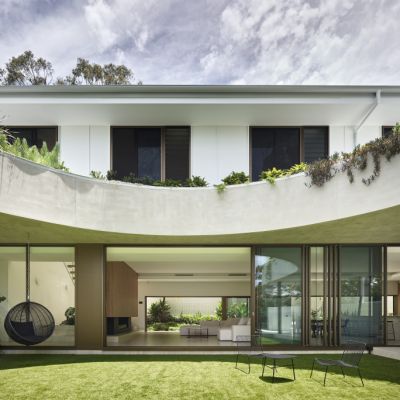
/http%3A%2F%2Fprod.static9.net.au%2Ffs%2F543439d5-b102-47eb-adf4-ad00c5267c07)
